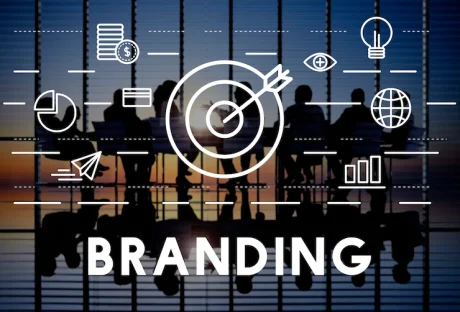Every year, companies spend millions of dollars on training their sales team.
Unfortunately, not all sales training programs are successful, and not all of them bring the desired results and real value to businesses. If you have invested money in sales training, and it is not working, there might be numerous reasons.
Let’s have a look at the top 9 reasons your sales training is failing, from the experts at Sales Plug Training:
In-Short:
- The problem is misdiagnosed or not diagnosed at all
- There is too much information in the training
- The training program is not engaging
- There is not enough practice
- The training is not customized to your business
- Your salespeople are not driven
- You do not have a follow-up plan
- You are not holding your employees accountable for the results of the training
- Your expectations are unrealistic
1. The problem is misdiagnosed or not diagnosed at all
Often, organizations make the same mistake: they conduct a sales training program without a clear definition of the problem that the training is supposed to solve.
Therefore, in order to make the training successful, you need to identify the existing issues first and the outcomes you want to achieve with the help of the training.
2. There is too much information in the training
If the purpose of your training is to teach your sales team as many sales techniques as possible, it can be a huge mistake. Due to information overload, your salesforce may quickly forget what they have learned shortly after the training.
Therefore, it might be a better and more effective idea to pick just one sales technique and center the entire training session on teaching and improving it.
3. The training program is not engaging
One of the main purposes of sales training is to motivate people. For this reason, it should be interesting and engaging.
Therefore, it is better to avoid standard lectures and presentations and use interactive teaching methods focused on developing the communication, leadership, and interpersonal skills of your sales team.
4. There is not enough practice
You can convert knowledge into correct actions only when the knowledge is practiced repeatedly. For example, professional athletes dedicate more time to practicing rather than playing.
For this reason, a good sales training program requires time, practice, and a coach. If you miss any of that, your sales training might fail.
5. The training is not customized to your business
One of the most common disadvantages of many sales training programs is that they use a one-size-fits-all approach. However, unless the program is customized to the specific and individual needs of your business, it is not going to be successful and will not bring you the results you need.
Therefore, when choosing sales training for your company and your employees, you should make sure that its case studies, terminology, and skill application resonate with the mission and philosophy of your business.
6. Your salespeople are not driven
If you have invested money in great sales training, and your salespeople are not showing any good results, they may not be driven.
If they are not, that means that they are not high-performing professionals and do not have the potential to achieve top sales results. The only thing you can do in this situation is to improve your hiring practices so that you can hire the right people next time.
7. You do not have a follow-up plan
Your salespeople need to know what they are expected to achieve as a result of the training. You should provide them with a plan of action, so they remain more motivated to continue learning and more focused on achieving positive results.
Also, you should always make sure that you are checking in with your team constantly while they are in training in order to find out if anyone is struggling or needs additional training.
8. You are not holding your employees accountable for the results of the training
If the best and most effective training will not bring any results, the participants of the training are not held accountable for their actions after the training is over. You should let your salespeople know that you want to compare their results before and after the training.
It is also important to understand that you also need to be accountable for making sure that the methods used in the training are helpful for your employees.
9. Your expectations are unrealistic
If you think that your sales training is failing, analyze your expectations. Are they even realistic? You cannot expect your salespeople to start immediately changing their behavior. For most people, it takes practice, falling, reinforcement, and time to learn new skills and use them in practice.
Maybe you just need to give your salespeople a little bit more time.
Additional Resource:
13 Things To Consider When Choosing Fonts For Sales Posts
History and How to Increase Sales in Your Confectionery Shop
Top User Tips For Getting Started With Salesforce
Avoiding Sales And Operations Planning Mistakes






















